'Worldwide harmonised Light vehicle Test Procedure' is a bit of a mouthful, so you'll usually see it shortened to WLTP.
It's a set of strict rules for testing the economy and emissions of fuel-powered cars, or the range and efficiency of electric vehicles and plug-in hybrids.
WLTP was created so the mpg and CO2 figures you see advertised by car makers are – in theory – close to what you'll get in real-world driving. For electric cars, it gives you a reasonable estimate of how far you can go on a full charge.
What is the meaning of WLTP?
WLTP – phased in between 2017 and 2019 – is a much snappier way to say Worldwide harmonised Light vehicle Test Procedure. Let's break that word salad down.
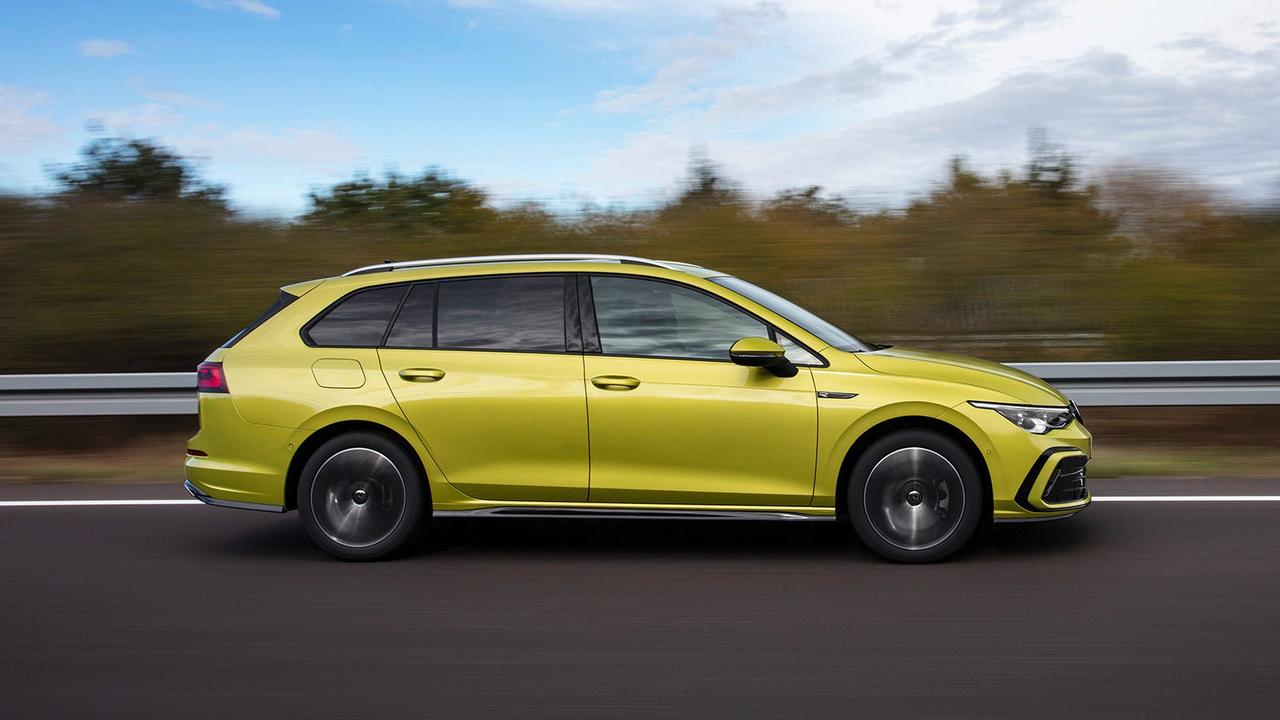
'Worldwide' means the test is available for countries around the globe to adopt as their official testing procedure. Despite being available worldwide, it's most dominant in the UK and Europe, becoming the continent's standard for car economy and emissions measurement. It's also the standard used in Japan, South Korea and India.
'Harmonised' is an oddly poetic way to say that WLTP is a push towards balancing out different global car-testing standards. This is because the same car model might score different figures depending on whether it was tested under Europe's old NEDC standard, North America's EPA standard or China's CLTC test.
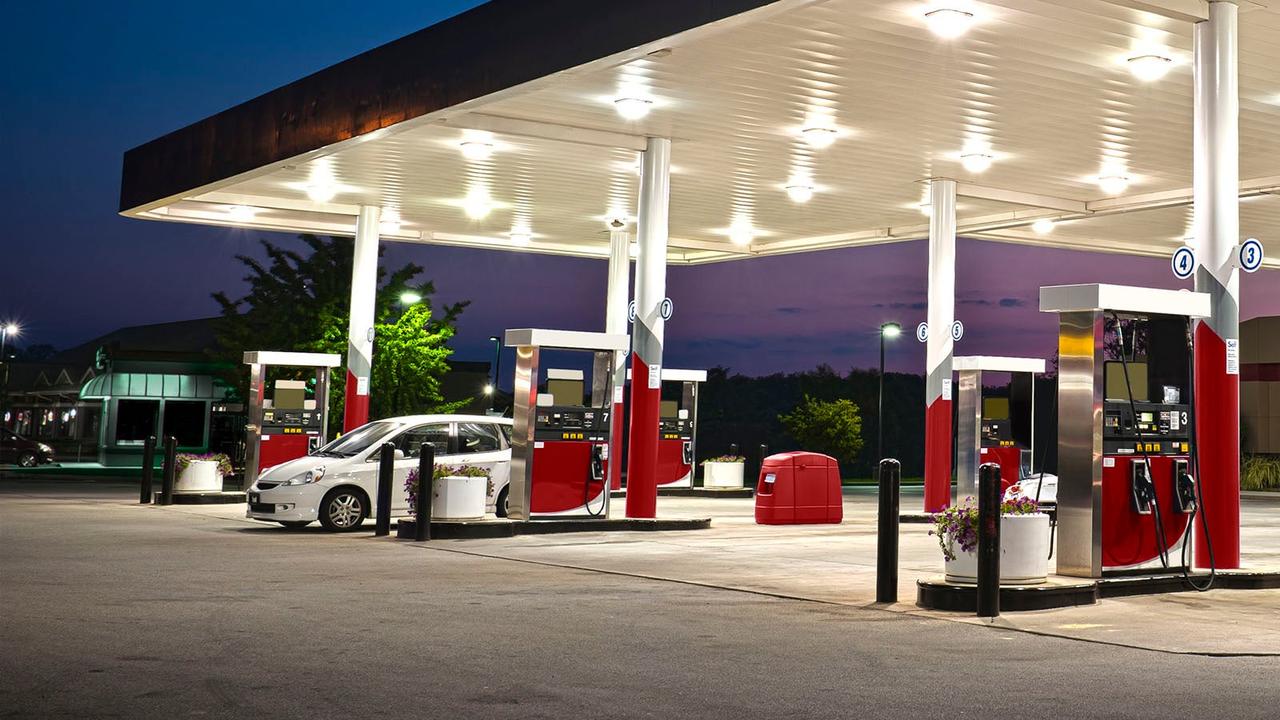
'Light vehicle' is the class of passenger cars and vans available to the general public, rather than heavy-duty trucks and commercial vehicles.
Finally, 'Test Procedure' clarifies that WLTP isn't a measurement itself, but a set of rules so the procedure for testing a car's economy, emissions and range is the same for every test.
What does WLTP range mean for electric cars?

WLTP rules also set how we measure electric range. 'WLTP range' refers to cars that drive using battery power – usually fully electric cars, but it also applies to plug-in hybrids. It's used as a measure of how far that car can drive on a fully charged battery.
For example, if you buy a BMW iX1 – the company's entry-level electric SUV – in the UK, it has an advertised range of up to 293 miles measured according to the WLTP standard. Similarly, the plug-in hybrid Audi A3 40 TFSI e is sold in the UK with a 40-mile electric range measured by the WLTP. Figures for the same cars in China and North America might be a little different due to their different measurement standards.
WLTP vs NEDC – what's the difference?
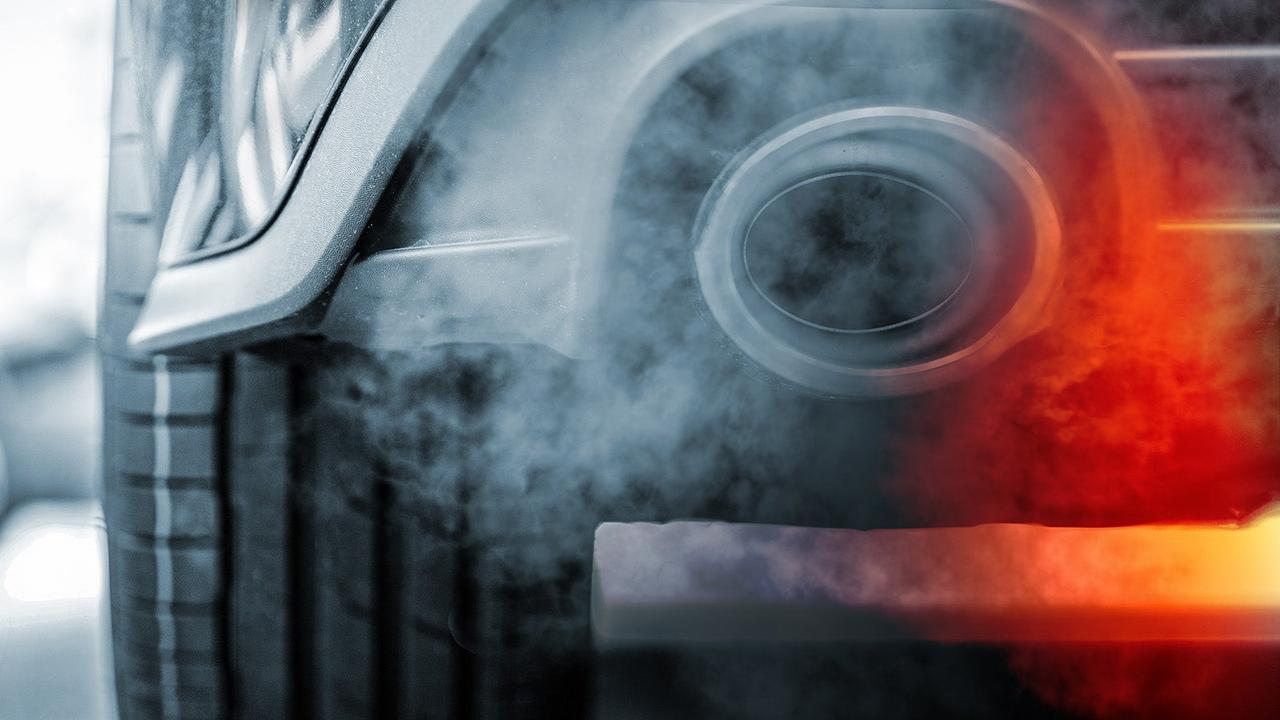
The WLTP standard was developed by the United Nations Economic Commission for Europe as a replacement for the old NEDC standard.
NEDC stands – somewhat ironically now – for New European Driving Cycle. This economy and emissions test procedure was developed before the turn of the millennium and is shorter and more simple than the WLTP standard, as well as being less demanding overall.
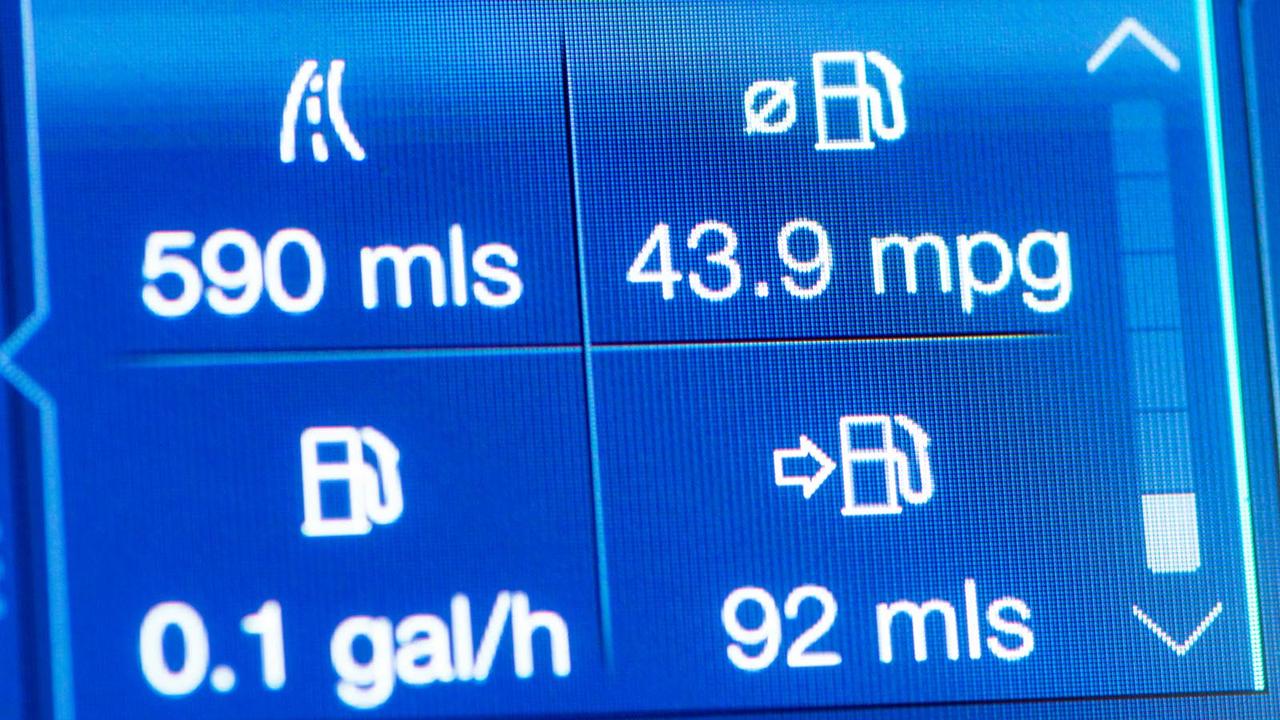
The NEDC test's big drawback was that cars would often perform much better in the lab than they would in the real world. This meant buyers rarely matched the advertised mpg figures, and many cars were emitting far more greenhouse gasses than claimed.
WLTP aims to produce lab figures that are much closer to real-world driving. As a result, the test is longer and more thorough, with harder acceleration, sharper braking and higher speeds than the NEDC test, building a more representative picture of a car's efficiency.
How accurate is WLTP mpg?
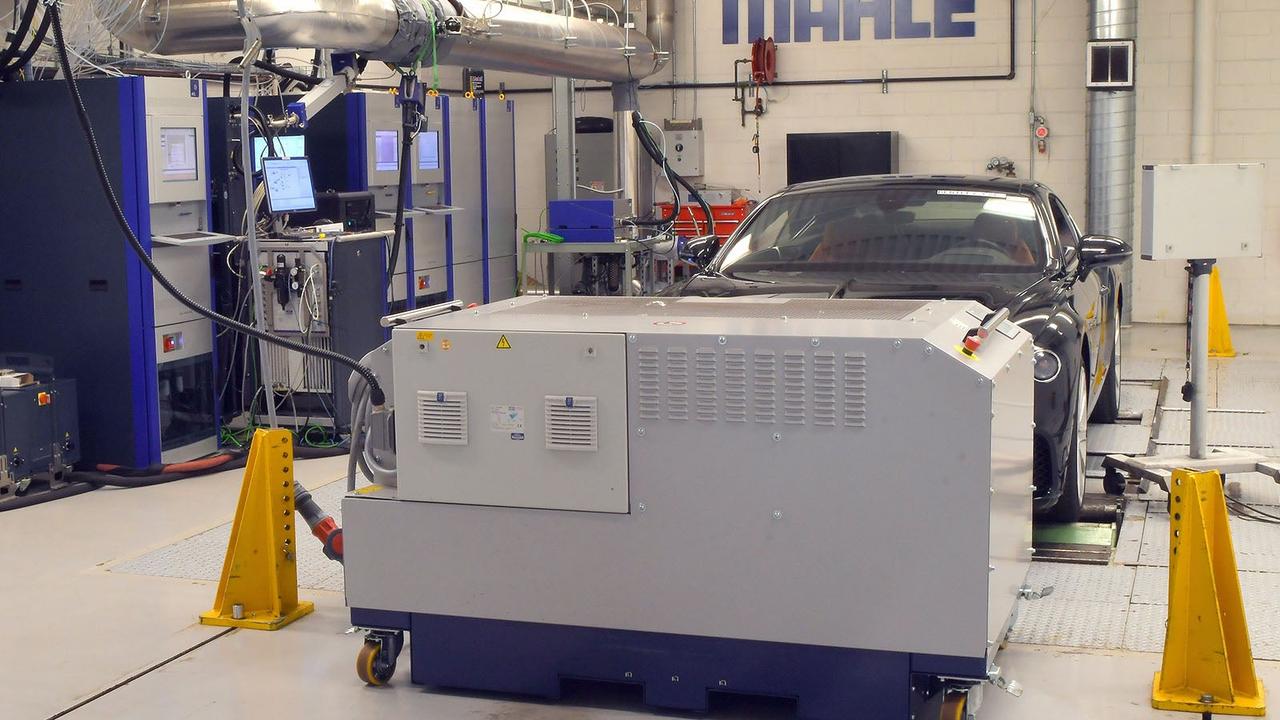
The first question often asked about economy and emissions testing is why the tests are performed in a laboratory. Especially when the downside of earlier lab test procedures was that they gave more favourable results than real-world driving. Surely performing tests on real roads would give more accurate figures?
While it's true that tests on actual roads with regular traffic would probably give more realistic figures for a car's real-world performance, the issue is that testers can't control all the variables. Environmental factors like temperature, air pressure and weather all have an impact on test results, as will inconsistent traffic patterns.
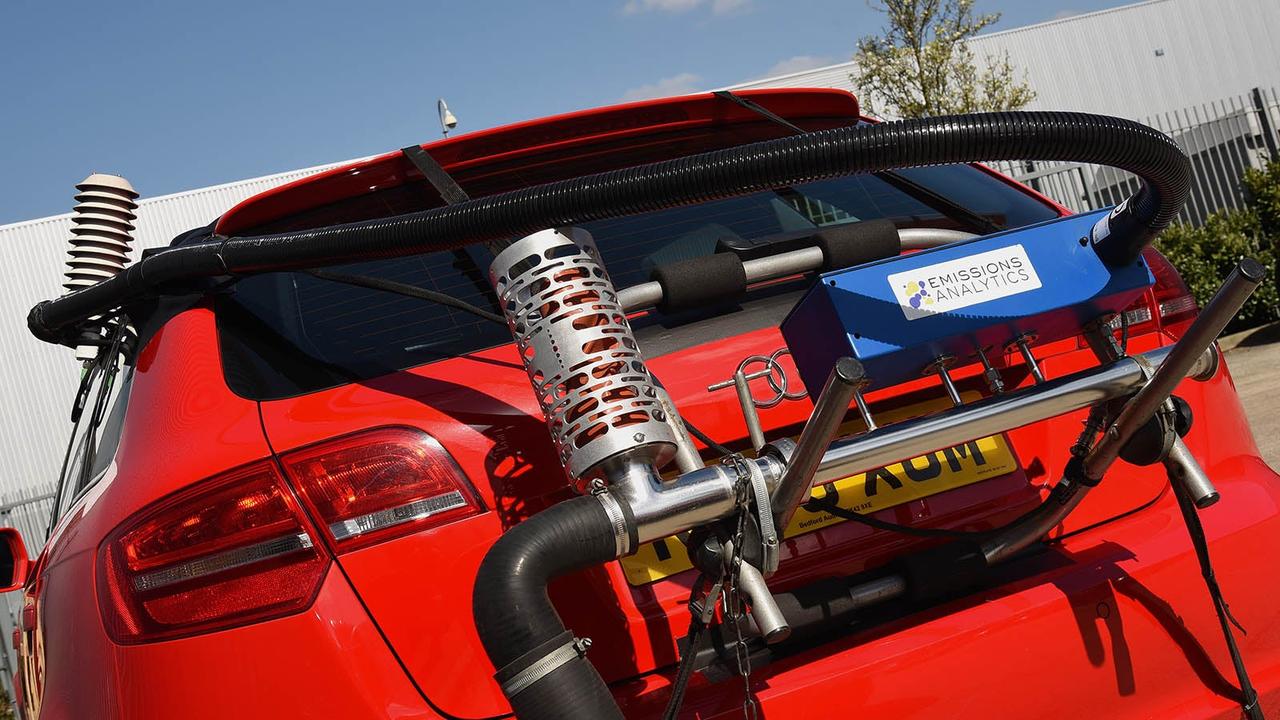
As a result, the only fair way to give every car a level playing field is to perform the test in controlled lab conditions, where external factors are guaranteed to be the same every time. In this sense, WLTP mpg figures are quite accurate because they let you make a fair comparison between models from different brands tested under the exact same standard.
In practice, you'll still have to work hard to match your car's claimed economy figures under the WLTP standard. That said, the difference between the advertised number and your actual economy should be smaller than it was under the NEDC system.
Big savings on super-efficient cars
Motorpoint has a huge selection of great-value used cars, with thousands of fuel-sipping diesel and hybrid options to keep your running costs down.



































